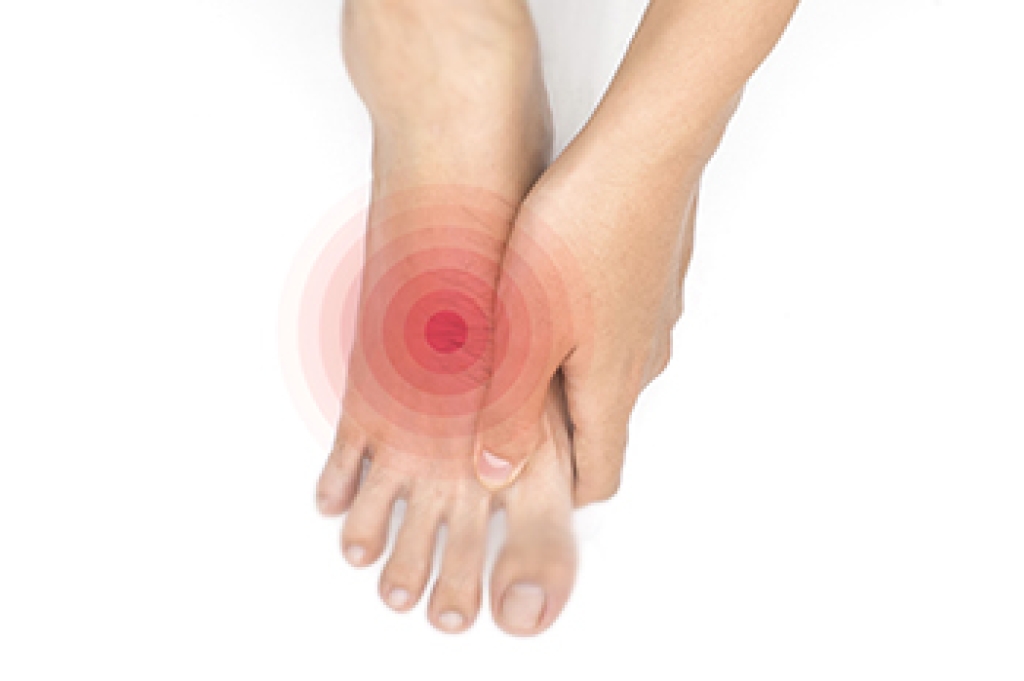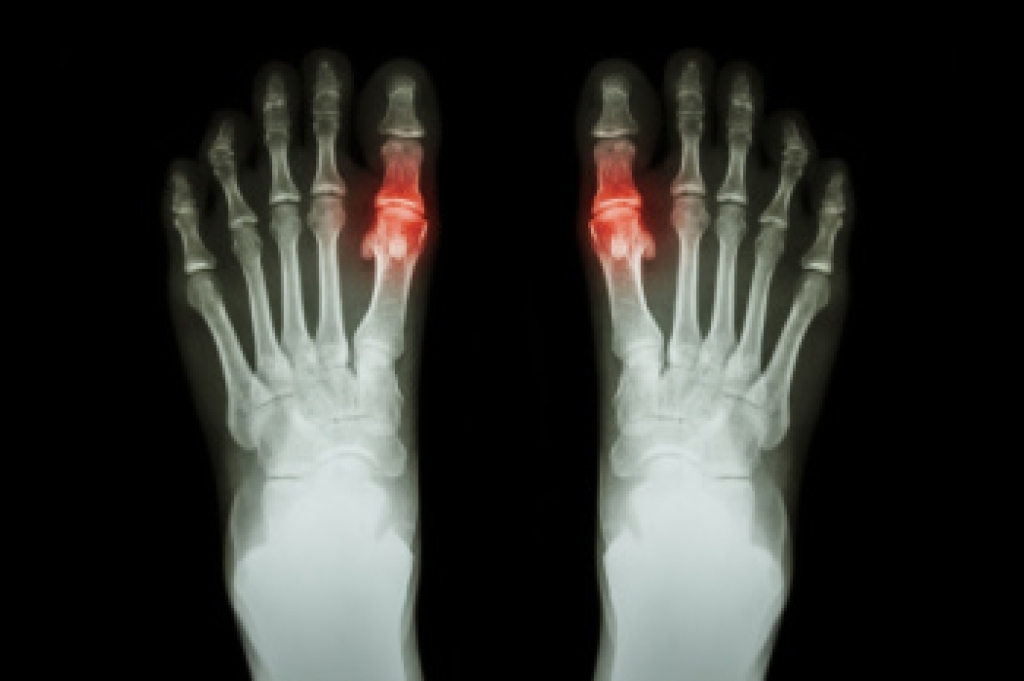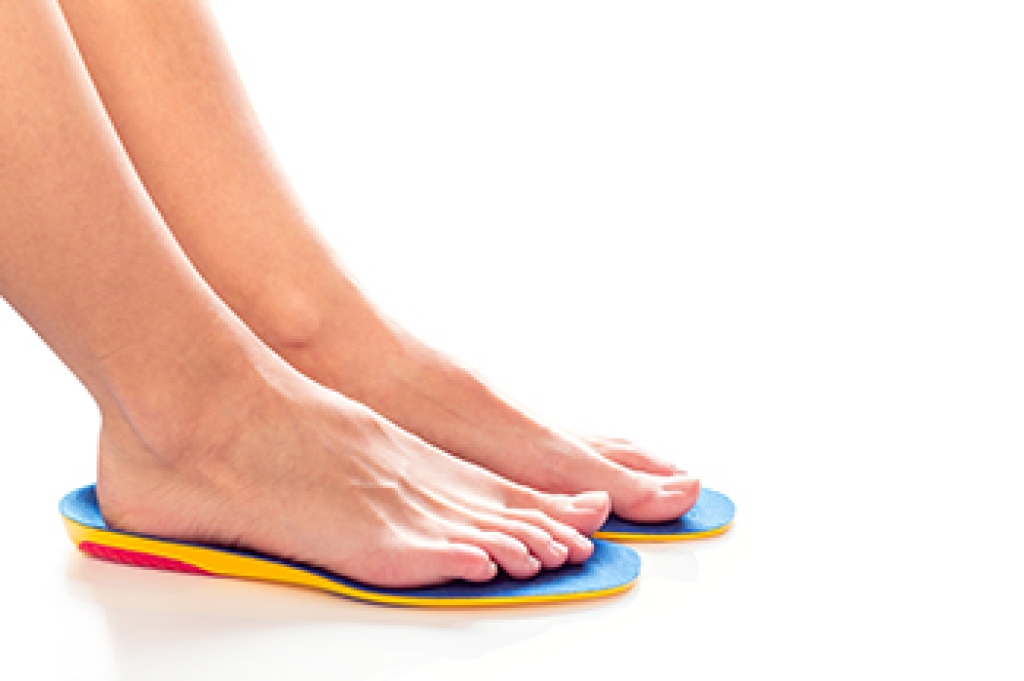
Foot neuropathy is a common complication for those with high blood glucose levels, often linked to diabetes. High blood sugar can damage the nerves in your feet, leading to symptoms like tingling, numbness, burning sensations, or sharp pains. Some people may also experience weakness or loss of feeling, making it difficult to notice injuries or infections. Over time, this damage can worsen, potentially leading to balance problems or ulcers that may go unnoticed. A podiatrist can diagnose foot neuropathy through a physical examination and sensory testing. Treatment includes custom insoles to relieve pressure, medication to manage pain, or targeted exercises to improve mobility and strength. In some cases, they may recommend lifestyle changes to help control blood sugar levels. Proper foot care is critical to prevent further complications, as untreated neuropathy can lead to more severe issues. If you have foot neuropathy, it is suggested that you schedule an appointment with a podiatrist for expert care and guidance.
Neuropathy
Neuropathy can be a potentially serious condition, especially if it is left undiagnosed. If you have any concerns that you may be experiencing nerve loss in your feet, consult with Dr. Castillo from Bronx Foot Care. Our doctor will assess your condition and provide you with quality foot and ankle treatment for neuropathy.
What Is Neuropathy?
Neuropathy is a condition that leads to damage to the nerves in the body. Peripheral neuropathy, or neuropathy that affects your peripheral nervous system, usually occurs in the feet. Neuropathy can be triggered by a number of different causes. Such causes include diabetes, infections, cancers, disorders, and toxic substances.
Symptoms of Neuropathy Include:
- Numbness
- Sensation loss
- Prickling and tingling sensations
- Throbbing, freezing, burning pains
- Muscle weakness
Those with diabetes are at serious risk due to being unable to feel an ulcer on their feet. Diabetics usually also suffer from poor blood circulation. This can lead to the wound not healing, infections occurring, and the limb may have to be amputated.
Treatment
To treat neuropathy in the foot, podiatrists will first diagnose the cause of the neuropathy. Figuring out the underlying cause of the neuropathy will allow the podiatrist to prescribe the best treatment, whether it be caused by diabetes, toxic substance exposure, infection, etc. If the nerve has not died, then it’s possible that sensation may be able to return to the foot.
Pain medication may be issued for pain. Electrical nerve stimulation can be used to stimulate nerves. If the neuropathy is caused from pressure on the nerves, then surgery may be necessary.
If you have any questions, please feel free to contact our offices located in Bronx, NY Yonkers, NY . We offer the newest diagnostic and treatment technologies for all your foot care needs.




